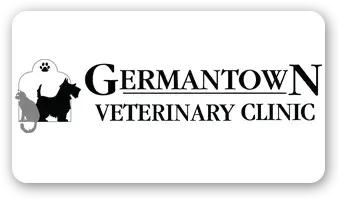Call Us! Button
Request an Appointment Button
NUTRITION & WEIGHT MANAGEMENT
Are your companion’s nutritional needs truly being met?
Let’s face it: the topics of nutrition and weight control can seem complicated, even for the most seasoned pet parent. If you could use a little guidance in this area, you’re not alone. More importantly, the caring team at Germantown Veterinary Clinic is here to help!
A Balanced Diet
Your pet’s diet can mean the difference between simply surviving and truly thriving. Our experienced team will determine your companion’s unique nutritional requirements and develop the perfect plan.
The Right Weight
A few extra pounds for a human may be no big deal, but it can lead to serious health problems for our pets. We’ll determine the ideal weight range for your loved one and develop a strategy for achieving that goal.
Ongoing Maintenance
As animals age, their nutritional and weight control needs change. At certain life stages, such as the transition from youth into adulthood, we’ll assess our plan and make any necessary adjustments.
Give us a call today to get started. We can customize a diet and exercise plan that will bring out the very best in your animal friend.

